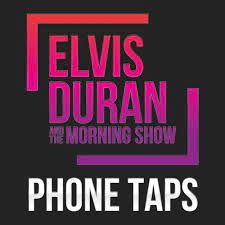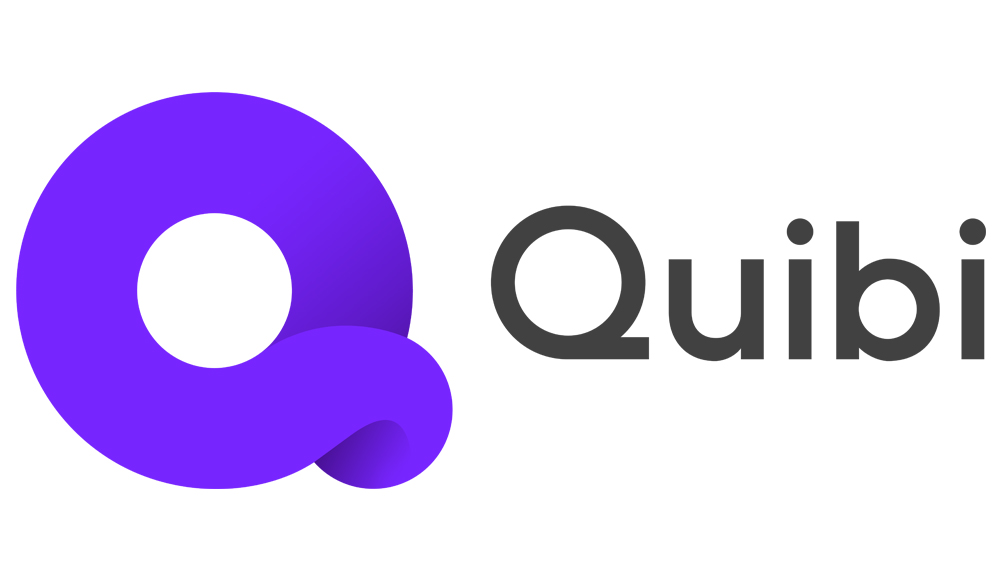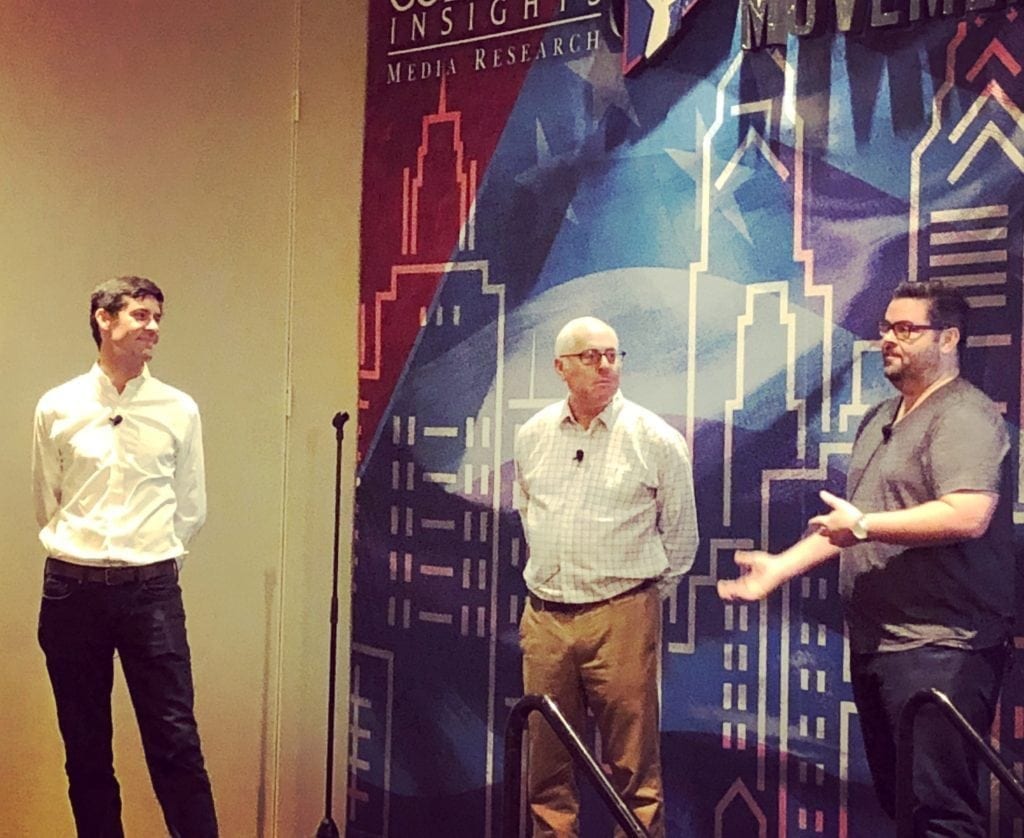
Radio is full of recycled ideas.
As a former program director of mine liked to joke, “If you’ve stolen from me, you’ve stolen twice.”
You might hear “Battle Of The Sexes” in Minneapolis or Memphis. “The Phrase That Pays” could tempt you in Richmond or Reno. Listeners may laugh along to a version of Elvis Duran’s iconic “Phone Taps” just about anywhere.
The million-dollar question is…why do some features and contesting work on some stations and not on others?
In one respect, it’s a nearly impossible question to answer.
How was it executed? How many promos were run? Was it marketed outside of the station? And so on. And if you attempt to equate the effectiveness of a feature or contest based on ratings in the short-term, you’ll drive yourself crazy.
But in another respect, it’s a simple question to answer, and I’ll do it in two words.
The brand.
Take “Phone Taps,” a successful long running prank call segment for Elvis Duran And The Morning Show, based at Z100 in New York. What would happen if a poorly performing morning show in another city ran the exact same segment featuring the exact same calls each day with their voices replacing those of the Elvis Duran cast? Would it be just as popular with that audience?

If you believe the best content always wins, you might think so.
But “Phone Taps” doesn’t succeed for Duran just because the bit itself is great. It succeeds because the “Phone Taps” brand has been carefully crafted over time. The “Phone Taps” brand was carefully crafted within the construct of the “Elvis Duran And The Morning Show” brand. And the “Elvis Duran And The Morning Show” brand was carefully crafted within the construct of the Z100 brand. A rising tide lifts all boats, and a weak branding link can affect the performance of even the best content.
Stations with similar music libraries succeed in one market and not another. The same exact contest played on multiple stations will do wonders for one station and not another. The reason why will, in part, come down to execution. But it will also be because of the equity of the brand playing the music or the contest.
One of my favorite examples of brand vs. content is bottled water. Let’s say your content is bottled water. It’s solid, reliable content. Most everyone consumes and enjoys it. And if we’re talking about non-flavored straight up water, it pretty much tastes the same. Why are we only willing to pay 25 cents for a bottle of water at Costco but $2.50 for Fiji?
Branding convinces enough people that one version is more valuable than the other.
It can be hard to swallow, but the best content does not always win. If you’re regularly generating great content, don’t forget to ensure that the brand behind the content is solid and clearly understood.
Otherwise, your great content may be just a waste of time.



